Leading market players are investing heavily in research and development in order to expand their product lines, which will help the Plasma Lighting Market, grow even more. Market participants are also undertaking a variety of strategic activities to expand their global footprint, with important market developments including new product launches, contractual agreements, mergers and acquisitions, higher investments, and collaboration with other organizations. To expand and survive in a more competitive and rising market climate, Plasma Lighting industry must offer cost-effective items.
Manufacturing locally to minimize operational costs is one of the key business tactics used by manufacturers in the global Plasma Lighting industry to benefit clients and increase the market sector. In recent years, the Plasma Lighting industry has offered some of the most significant advantages to medicine.
Major players in the Plasma Lighting Market, including Ceravision (UK), Hive Lighting (US), Ka Shui International Holdings (Hong Kong), Gavita (Netherlands), Green De Corp (Hong Kong), Griffin & Ray (UAE), Fusionlux (Luxembourg), Guangzhou Kaiming Industries (China), Birns (US), Solaronix (Switzerland), RFHIC Corporation (South Korea), Pure Plasma Lighting Market (US), Topanga Asia Limited (Topanga) (China), and others, are attempting to increase market demand by investing in research and development operations.
Investment holding company Ka Shui International Holdings Ltd. (Ka Shui International). It produces and sells die castings made of magnesium, zinc, and aluminum alloys, as well as components and products for plastic injection molding and lighting. The company offers solutions for the home, communications, consumer electronics, computers, automotive, and lighting sectors. Additionally, it provides a range of services, such as supply chain management, surface treatment, CNC machining, plastic injection molding, die casting, design conceptualization, and tool design and building. The business has operations in China, the US, and Hong Kong.
Kowloon is where Ka Shui International is based in Hong Kong.
Advanced plasma lighting solutions are the focus of the California-based business Pure Plasma Lighting Market. The lighting system and light engine developed by the business are effective, electrode-free light sources that produce a continuous, full spectrum of nearly ideal natural light: white light of unmatched purity that is comparable to the Sun. A group of engineers and scientists with a desire for creating novel lighting technologies formed Pure Plasma Lighting Market in 2004. Circularly polarized microwaves are used to generate a stationary plasma discharge in the company's technique.
With the use of this technology, ordinary plasma lights no longer require the revolving bulb that can be a point of failure.
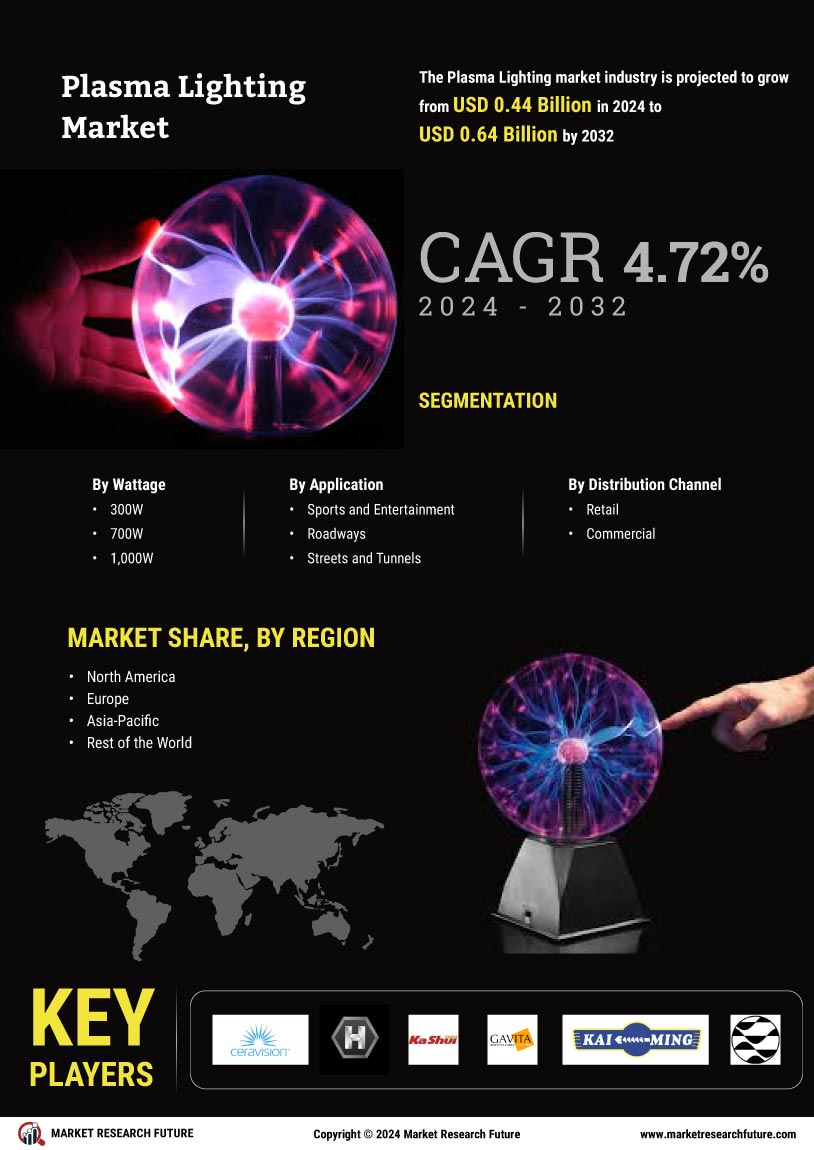
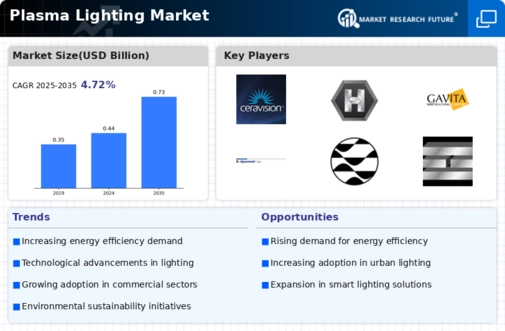
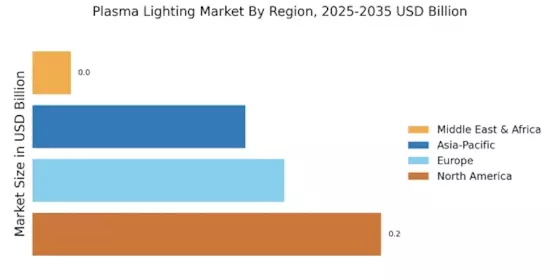
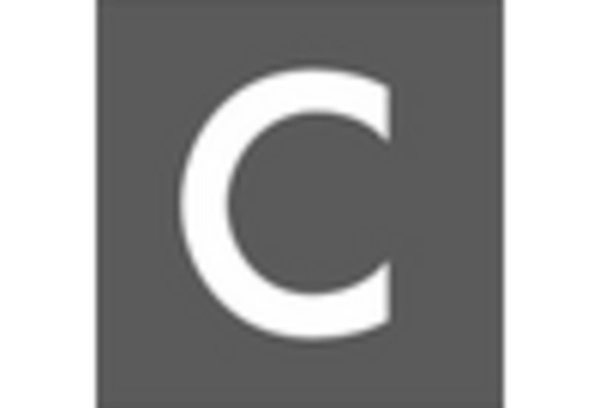
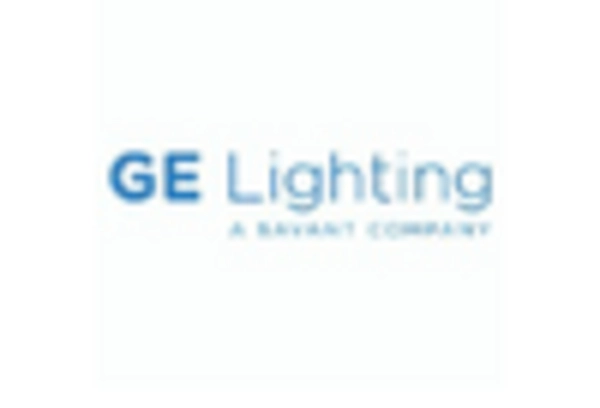
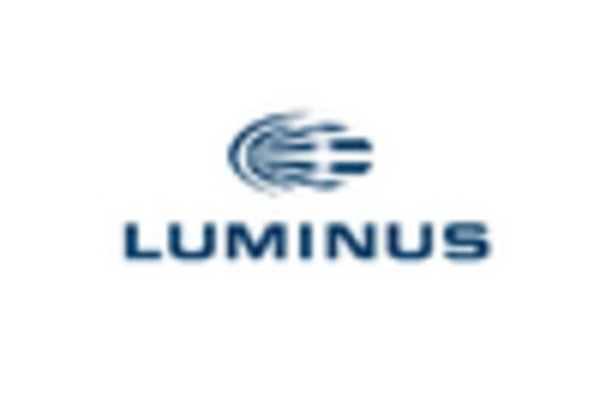
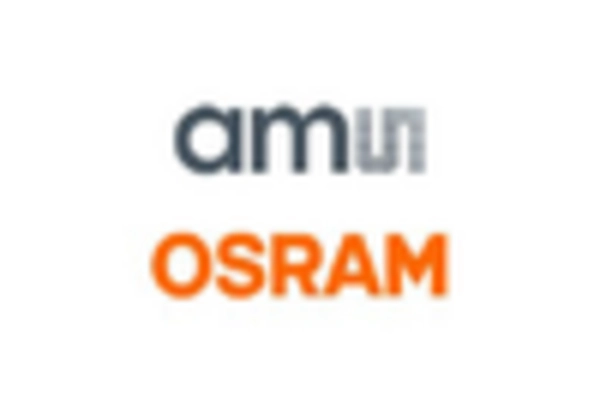
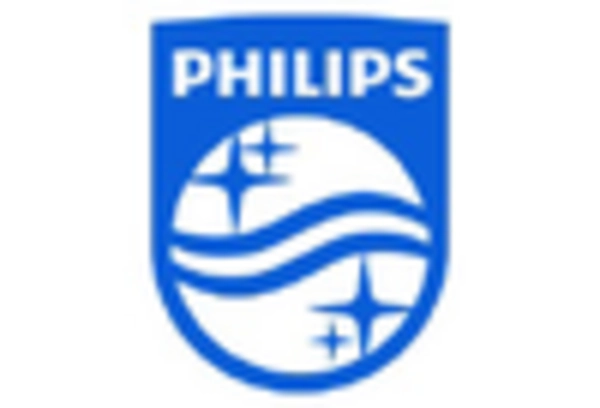
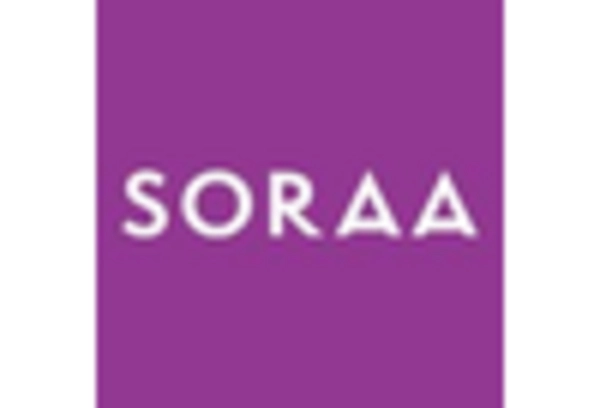








Leave a Comment